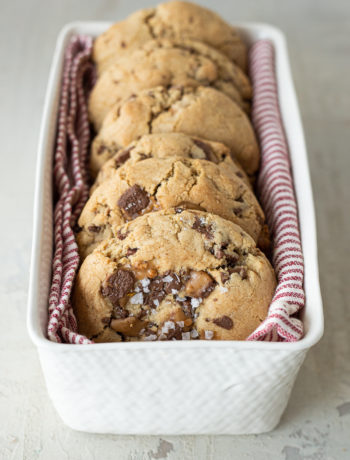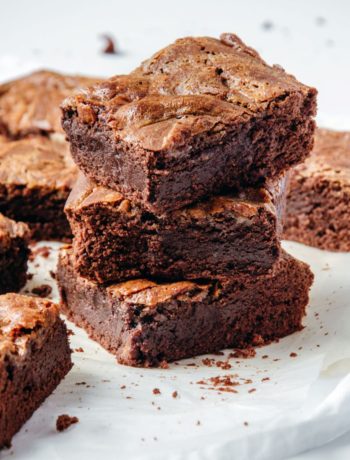The weather is finally cooling down for us and we can’t wait to start off the bread baking season. Over the past couple of years so many home bakers took up bread making as a new hobby. It is the best way to learn more about baking and connect with family and friends over a delicious loaf. (And this is our favorite whole wheat sandwich bread recipe.) But maybe you weren’t super happy with the way your bread came out. That happens to everyone. So many factors contribute to making that first perfect loaf. And truly, it all begins with your bread pan.
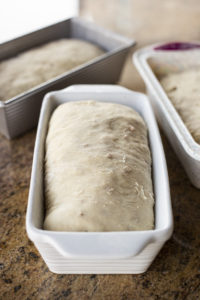
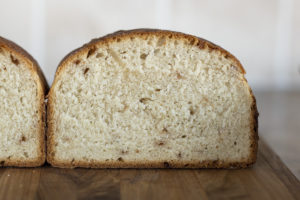
Choosing Your Bread Pan
Here are some of the main things to think about when shopping for that perfect loaf pan:
- Bread Pan Size
Loaf pans also come in different sizes — everything from tiny mini loaves to king-sized loaves. Most recipes will call for standard-size loaf pans. These typically include 9×5” pans or 8 ½ x 4 ½” pans. Both of these basic sizes are about 2 ½” tall. But the difference in size can account for a 15% difference in capacity. It doesn’t look like much, and you wouldn’t notice much of a difference when looking at the pans, but it could be all that separates you from a flat loaf and a nicely domed loaf. So if the recipe calls for a specifically sized pan — use it. If not, there are some simple tips you can use for choosing the right-sized pan.
- Heat Conduction
Bread pans come in a range of different materials. Each one has unique pros and cons. Silicone, glass, and ceramic pans have lower heat conduction — so the pan takes longer to warm up, longer to bake, and longer to cool down. Metal bread pans like anodized tin, steel, or aluminum conduct heat a lot quicker. They will heat up, start baking, and cool down in what feels like the blink of an eye. And while there is no right or wrong answer, these key differences will impact the temperature you bake at or the time it takes until the loaf is done.
- Durability
Bread pans might not be a tool you use every day. This means they get stored high up in the cupboards or above the fridge where they can be out of the way until bread day. But this also means they are not easy to access and might get dropped or banged around. You want to make sure the bread pan you choose can hold up under a little bit of abuse. Most pans are great for durability, but with glass and ceramic pans, you will need to be more cautious about hauling them in and out of the cupboards. They can chip or crack if you aren’t careful. You will also want to be sure you avoid extreme temperature fluctuations. If you set a hot glass pan in cool water, you run the risk of shattering it. Are you giving a loaf away and don’t really care if the bread pan is going to last? You can get a disposable loaf pan.
- Corners & Handles
This isn’t something hobby bakers think too much about. But have you noticed the types of corners on your bread pans? Some are sharp angled corners while others are rounded. The angled corners make a nice, sharp crease in the dough when it bakes up, but they can be harder to remove from the pan. Dough slides out easier with the rounded corners and they clean easier as well. Handles are also something to think about. They make it so easy to remove pans from the oven and turn your fresh bread out on the cooling rack. And surprise, not all bread pans have handles!
- Textures & Patterns
Some baking pans come with textures or patterns. This allows more air around the edges of the dough for easy removal after baking. But it also means your bread will have stripes or quilted patterns on the edges. It can be pretty but isn’t always wanted.
- Clean Up
This has nothing to do with how your bread bakes up, but it is still super important. How easy is your pan to clean? This is a deal-breaker for most bakers. After spending hours mixing up, proofing, and baking all that bread dough — the last thing you want to do is spend extra time trying to clean out those bread pans. As mentioned, rounded corners are easier to clean than square. But also, silicone, ceramic, and glass bread pans can all go through the dishwasher with no problem. And while some metal pans will say they are dishwasher safe, most need to be hand-washed if you want them to last.
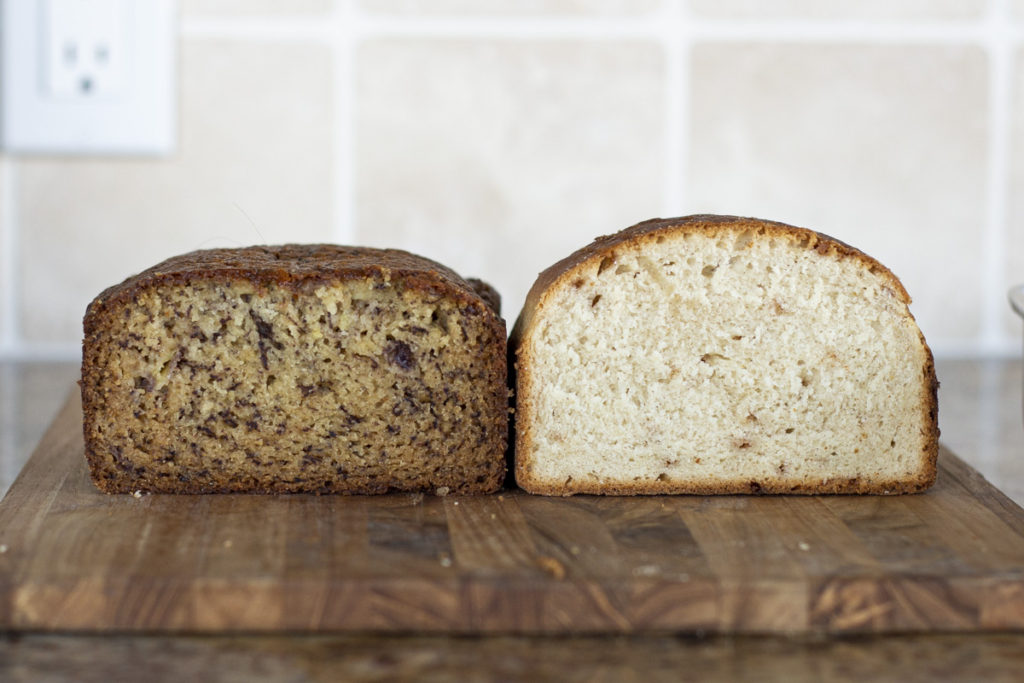
Now you have all this information, you can feel a little more confident when shopping for your next bread pan. There is a large selection to choose from here. But we all know the million-dollar question — ultimately, which bread pan is best for baking bread? We can’t wait to help you figure that out! Are you ready to get started?


